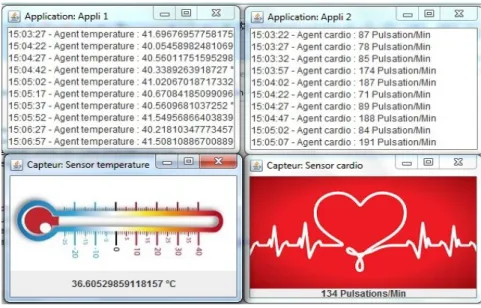Documents relatifs
For systems that provide context-aware mobile multimedia services we need to use context models in order to formalize and limit the notion of context and the relevant information from
Another issue we look at is how to best input sequence-level information s (u) , by fusing it at each time step with the items along with the token-level features, or by embedding
Bound-bound transitions (line transitions) between the lower energy level i and the upper energy level j may occur as radiative excitation, spon- taneous radiative
More specifically, in context-aware splitting approaches, the percentage of emotional contexts used by item splits or user splits can tell the importance of emotions in
Technically, the learning process by means of ML algorithms occurs when: (i) the priorities (or weights) of the adaptation rules are modified in a decision tree (the
During this 1906 visit, Rinpoche’s father met the 8 th Khachoed Rinpoche, Drupwang Lungtok Tenzin Palzangpo of Khachoedpalri monastery in West Sikkim, and from
We prove the existence of the nonuniqueness phase for the Bernoulli percolation (and make some progress for Random-Cluster model) on unimodular transitive locally finite
Association rules and sequential patterns of words are often used in text mining for different applications, e.g.. ter- minology enrichment [12], association of concept instances
![Fig. 1. Simplest form of context life cycle [1].](https://thumb-eu.123doks.com/thumbv2/123doknet/7666326.239256/4.816.202.431.342.497/fig-simplest-form-context-life-cycle.webp)


